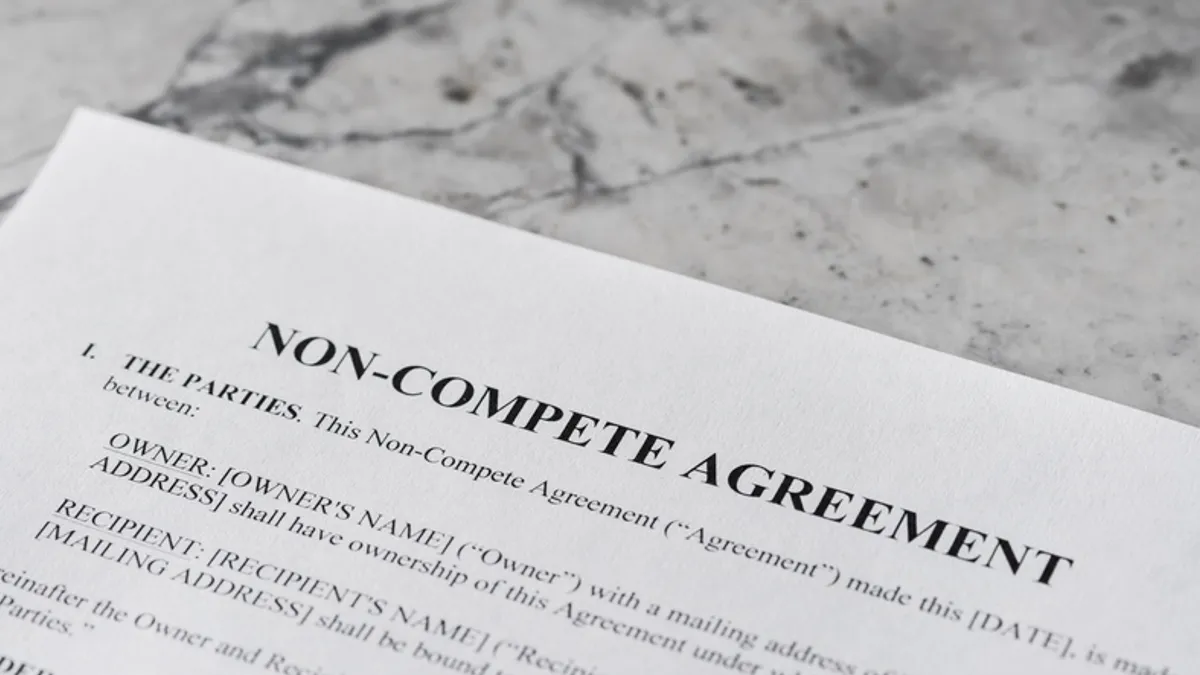Keegan Caldwell is global managing partner at Caldwell. Views are the author’s own.

For every startup, there is a healthy checklist of business action items right from the start. Product development, market validations, customer acquisition, compliance, marketing positioning and branding, and financial management are typically in the lineup, especially early on in the process.
In this capital-intensive setup stage, protecting the company’s intellectual property by developing a patent strategy is typically not top of mind. Especially for non-tech companies. But it should be, and for a growing number of competitive, market-compelling reasons.
Recent data from PitchBook shows that patent-seeking startups and late-growth stage companies with patent portfolios consistently outperform their peers in raising capital and achieving lucrative exits.
This challenges prevailing market assumptions, positioning patents as indispensable assets rather than mere legal tools. It also shines a spotlight on how fostering and protecting innovative intellectual property can be a growth-focused strategy from the start.
Startups see advantages
In 1975, intangible assets accounted for 17% of the value of the S&P 500. By 2020, intangibles accounted for 90% of the value of the S&P 500. What changed? This jump in value is mainly associated with the intellectual property of these companies.
These data tell a story that is rarely talked about. It is not just the big enterprise organizations that receive higher valuations for holding a patent portfolio; this is now a place where startups can play, too. With clear advantages.
The PitchBook data source referenced above details how companies with patents raise capital at significantly higher valuations compared to those without patents — across the funding stages. Angel deals show the most impact, reaching an annual median valuation that is 93.2% larger on average. The second-highest average median valuation comes from late-stage investments at 51.2%.
These findings are also reflected in company exit valuations. Patent-seeking companies exit through public markets at a rate exceeding five times that of their non-patent-seeking counterparts (23.2% versus 4.0%, respectively).
Additionally, the median exit value for patent companies surpasses that of non-patent companies by an average of 154.9% annually. This figure marks a significant increase of 48.2% for public listings.
This data was not available 10 years ago, but it is now. Since we’ve proven the value of patents for company success, it raises the question: Why does this information remain relatively obscure? The answer lies in data accessibility. Previously, access to this information was not only limited but also closely guarded by knowledgeable insiders seeking to retain a competitive edge within their respective industries.
Google learns early lesson
As startups look to protect their IP through patents, let’s review a big company example that still serves to inform companies of all sizes.
Before Google entered the smartphone industry, it lost a $900 million bid to obtain 6,000 patents and patent applications from Nortel Networks in 2011. A band of competitors united to win the bid for a whopping $4.5 billion, including Microsoft, Apple, EMC, Ericsson, RIM and Sony. The following year, Motorola’s smartphone portfolio became available and Google paid $5.5 billion for its 20,000 patents. This was less than half of the total $12.4 billion the tech giant spent to acquire Motorola Mobility. Not only did Google learn a lesson after its first market bid, it studied up, got organized, surveyed the IP landscape, and got strategic.
Valuations
Because startups are also wise to do their homework, our firm makes it a practice to outline IP strategies and advantages for startups. There are too many avoidable pitfalls: insufficient or nonexistent IP protection can hamper business transactions, including seed funding, partnerships, and status as a desirable acquisition target.
To illustrate, one of our clients became curious about patent value after purchasing an HR tech company that came with a few patents. We outlined the basics of a patent portfolio and how they could use that portfolio to back their IP. After a couple of years, they went from having a handful of patents to around 50 patents valued at $250 million. Subsequently, they began receiving offers nearing half of this valuation, of which they happily accepted a portion.
This value creation began with a simple question about patents. Then, the client worked with our team to really flesh out their patent portfolio before assessing its value. A few assets turned into hundreds of millions of dollars because our clients asked the right questions.
Turning patents into assets
Even when a company winds down, a robust patent portfolio can extract value out of the IP through various channels. The last decade has provided enough publicly available patent sales data to demonstrate patent value beyond soft assets on balance sheets. The returns are now documented and the trend is not slowing down.
Startups can protect and exploit their IP assets to build value and revenue, and they can do this by developing an IP plan as part of their conception. Patents are no longer just value plays for enterprise and mid-sized companies. They are becoming indispensable assets for startups. Fostering and protecting innovative intellectual property can be a growth-focused strategy from the start.


















